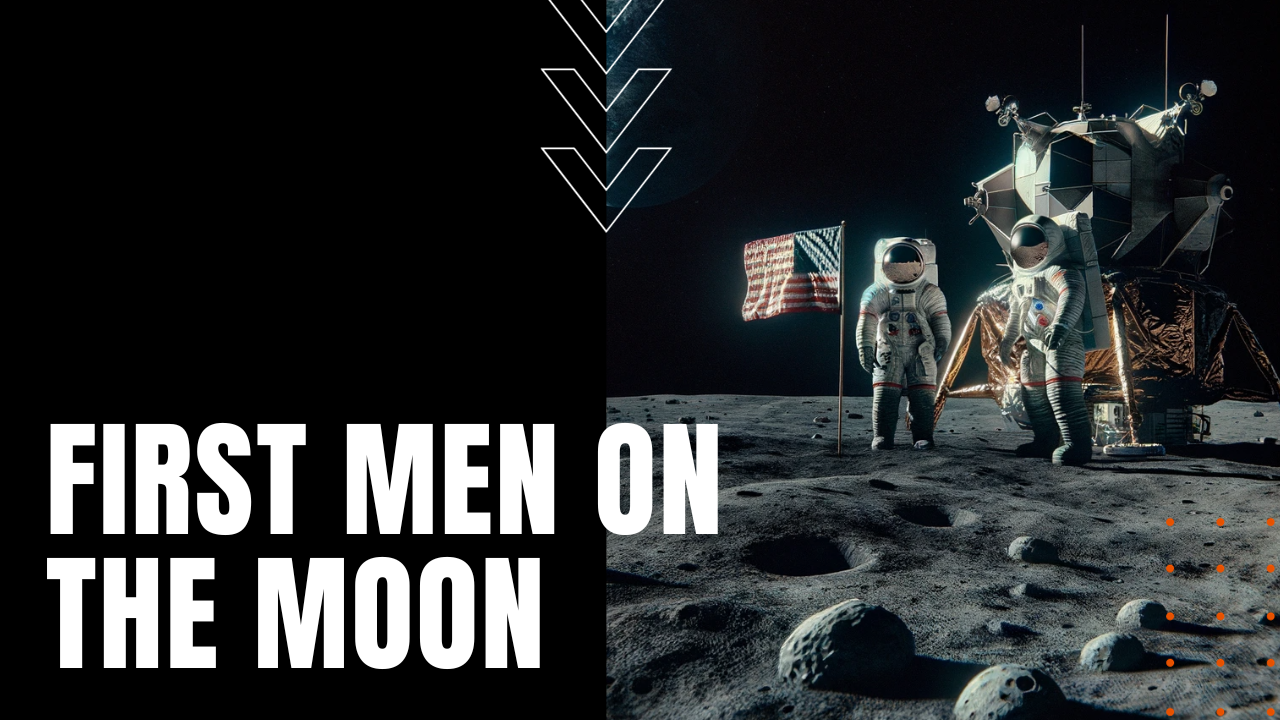Apollo 11: First Men on the Moon

After the Apollo 1 launchpad fire that tragically took the lives of Gus Grissom, Ed White and Roger Chaffee, Apollo Mission engineers and key flight leaders paused to reassess the risks of a successful manned mission to the moon and back, identifying thirteen risk stages and risk reduction controls before launching a single unmanned test flight, followed by three manned flights that concluded with Apollo 10’s successful orbital flights around the moon.
A World Watches
Apollo 11 was to follow, landing two men on the moon in an event that saw the world hold its collective breath during liftoff and a tense lunar landing, followed by a second collective gasp of wonder when Neil Armstrong became the first man to walk on the moon. Launching into an earth orbit of 114 by 116 miles on July 16th, 1969, with Commander Neil Armstrong, Command Module Pilot Michael Collins and Lunar Module Pilot Edwin “Buzz” Aldrin, two hours and 44 minutes later, the crew re-fired their S-IVB stage rocket for a five-minute burn, successfully placing Apollo 11 into translunar orbit, followed by a three-second burn a day later for a planned midcourse correction.
In Living Color
Celebrating the first color TV transmission to earth, on the fourth day of their flight, the Eagle lunar landing vehicle undocked from Columbia for its descent to the lunar surface, changing course at the last minute due to previously unseen obstacles in their intended landing zone, before touching down in the Sea of Tranquility, just as the Eagle ran out of fuel. Spending 21 hours and 36 minutes on the lunar surface, Armstrong and Aldrin blasted off the moon on July 21st for a successful re-docking with Columbia at 128 hours and three minutes into Apollo 11’s flight.
Splashdown!
After the Lunar Module was jettisoned four hours later, the Command Service Module achieved Trans-Earth injection that same day, splashing down in the Pacific Ocean on July 24th, 1969, after a flight of 195 hours, 18 minutes and 35 seconds—an achievement that pushed the boundaries of human exploration in space. Now 54 years later, NASA plans to return to the moon as early as 2024, with planned lunar landings in 2025 or 2026—this time with digital rather than analog technology—making Apollo 11, a giant leap forward in the history of mankind.
